The Parthenon's Many Lives
- By Rima Chaddha
- Posted 01.29.08
- NOVA
The Parthenon is among the most recognizable icons of Greece's golden age, but the marble building also served as a religious sanctuary for subsequent empires. It was a church to the Byzantines and a mosque to the Ottomans. In its storied history, the structure also has played other roles—as a treasury, an ammunition store, even an army barracks. In this time line, follow the Parthenon over the centuries and learn about its latest incarnation, as a must-see tourist destination.
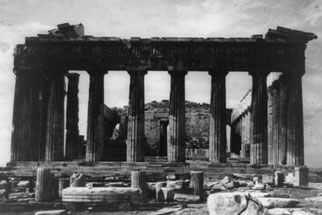 Launch Interactive
Printable Version
Launch Interactive
Printable Version
Trace the building's various incarnations as a temple, church, mosque, and even an army barracks.
Credits
Images
- (447 B.C.)
- "Phidias Showing the Frieze of the Parthenon to His Friends," by Alma-Tadema, 1868/Birmingham Museums & Art Gallery
- (438 B.C.)
- www.nashville.gov
- (Circa Sixth Century)
- © 2007 Hellenic Ministry of Culture
- (1458)
- "Young Greeks at the Mosque," by Jean-Leon Gerome, 1865/Courtesy Minneapolis Institute of Arts
- (1687)
- Christian Hansen (1803-1883): Parthenon, prospect, 1836/© The Danish National Art Library, Architectural Drawings Collection
- (1801–1812)
- Peter Spiro/istockphoto.com
- (1820s–1830s)
- "Paleon Patron Germanos Blessing the Flag of Revolution," by Theodoros Vryzakis, 1865/National Gallery of Greece
- (1890s)
- Original images by N. Cassidy. Appear in Les Monuments de l'Acropole: Relevement et Conservation by Nikolaos Balanos. Paris: C. Massin, 1938
- (1975–Present)
- photo by Mark Daniels/© 2008 WGBH Educational Foundation
Related Links
-
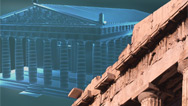
Secrets of the Parthenon
How did the ancient Athenians build this near-flawless icon of Greece's Golden Age?
-
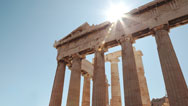
The Glorious Parthenon
Take a trip back to Greece in the fifth century B.C. with art historian Jeffrey Hurwit.
-
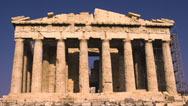
Restoring the Parthenon
See how architects, historians, and skilled masons are painstakingly reassembling the Parthenon.
-
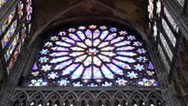
Building the Great Cathedrals
How did medieval engineers construct magnificent skyscrapers of glass and stone?
You need the Flash Player plug-in to view this content.

